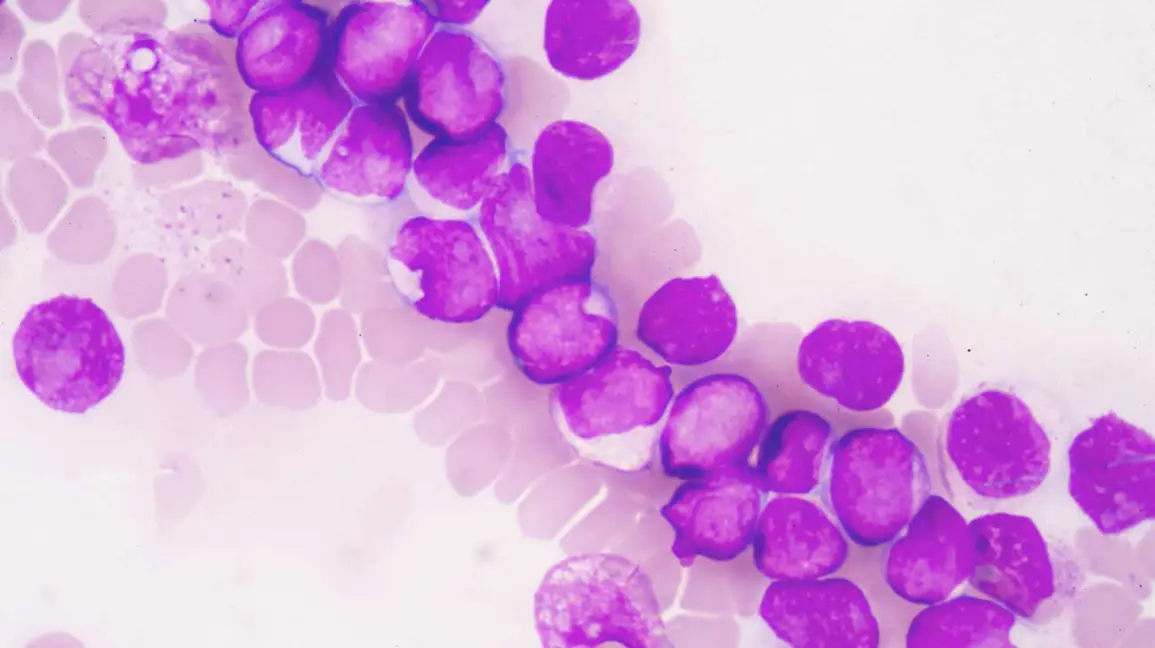With the advancements in medical science, gene therapy and cancer treatments are bringing in more fortune to patients.
However, the overall process comes with its good sides and drawbacks. And as far as the progress is concerned, the therapy has seen bright lights! But, the challenges still hinder the process of the treatment. For instance, safety can be an issue, the cost for the overall process is quite high, and the success rate is also questionable!
In this article, I’ll let you know all these progress and challenges in more detail. So, make sure to binge on till the end.
Contents
Gene Therapy and Cancer Treatment: Progress and Challenges
Knowing the progress and challenges in gene therapy and cancer treatment is essential. So, in this section, we’ll focus on the facts in more detail. Therefore, make sure to read on till the end.
The Progress
- Oncolytic viruses: These are mainly viruses that can target cancerous cells and destroy them while leaving healthy cells alone. Moreover, the viruses can be changed genetically to make them more selective and effective at destroying cancer cells.
- Gene editing: Advancements in gene editing tools like CRISPR-Cas9 have made it possible for gene therapy to be used in different ways to fight cancer. These gene editing can be used to get rid of cancer-causing mutations, or it can be used to put the best genes into cancer cells.
- Gene silencing: In this process, small molecules are particularly used to target and stop the activity of certain genes that are involved in the spread and multiplication of cancer.
- Combination therapies: Adding different gene therapy to other treatments for cancer, like chemotherapy or radiation therapy, can make both treatments more effective.
Possible Challenges
Safety Issues
In gene therapy, genetic material is instigated into a patient’s cells, which can have adverse effects. For instance, if the beneficial gene integrates into the wrong part of the genome, it can cause mutations that can possibly lead to cancer. That’s not all; some types of gene therapy use viruses to transfer the gene to patients’ bodies. This can possibly cause an immune reaction! Therefore, to ensure these gene therapies are safe enough, certain tests and monitoring is a must.
Cost Can be a Trouble
As gene therapy and the cancer treatment process itself is pretty complicated, it’s obvious that the entire procedure can be pretty expensive. Therefore, it can cost patients a lot of their pockets! Plus, it can also be tough to get insurance for the entire therapy option. So, you can say that the price can be a challenge here.
Working with the Right Methods
Methods for getting the gene to the right cells are one of the major challenges of gene therapy. As mentioned above, there are times when certain viruses can be used to transfer the gene, and these viruses might not target the right cells. Moreover, it may be challenging to get to some cells, like those in the brain. So, ensuring the right working method can be a tough call!
Immune Responses
The viral vectors usually used during gene therapy might be detected as a foreign substance by your immune system. This immune response can result in swelling or different side effects that can prove the therapy to be a failure.
Moreover, gene therapy doesn’t work well for all kinds of cancer or even patients. Plus, certain tumors might not react well to the therapy. That’s not all; there can even be cases where gene therapy is only working for a short period and the cancer may become immune to the treatment over time.
Bottom Line
Gene therapy and cancer treatments are advancing day by day and there’s a high chance that the treatments will be more frequent at some point. However, for now, the treatment comes with its pros and cons and the challenges tend to take the higher bets here.
In the end, new progress is on the way as researchers are trying to figure out more advancements within the therapy. So, if you think all the odds go in your favor, then the treatment can turn fruitful!

